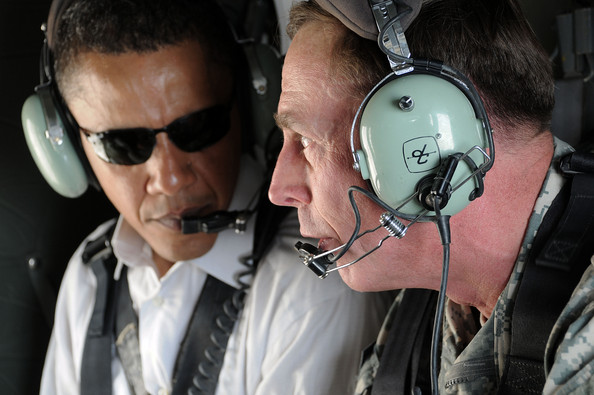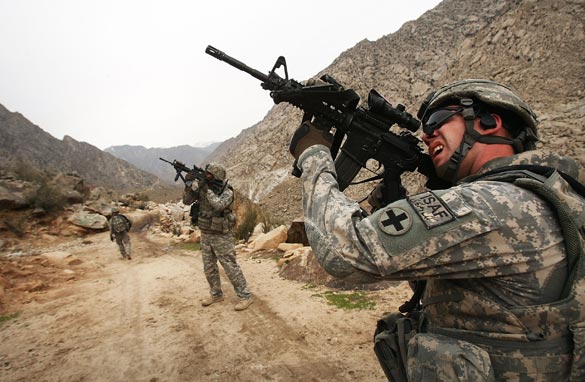Afghanistan-Pakistan Analysis: Why is the US Shutting Islamabad Out of Peace Talks?
 Thursday, October 21, 2010 at 7:40 |
Thursday, October 21, 2010 at 7:40 |  Scott Lucas in
Scott Lucas in  Afghanistan,
Afghanistan,  EA Afghanistan-Pakistan,
EA Afghanistan-Pakistan,  India and Pakistan,
India and Pakistan,  US Foreign Policy
US Foreign Policy  OK, get your head around this. In recent weeks, both political and military figures in the Obama Administration have swung behind negotiations between the insurgents and the Afghan Government, and NATO (read US-led) units have provided support to get Taliban leaders to the talks.
OK, get your head around this. In recent weeks, both political and military figures in the Obama Administration have swung behind negotiations between the insurgents and the Afghan Government, and NATO (read US-led) units have provided support to get Taliban leaders to the talks.
That part is not too challenging to comprehend. Here's the twist: Washington's alleged effort is not only to get the insurgents in but to keep the Pakistanis out.
The Karzai Government, while infuriating, has to be America's son-of-a-bitch for the sake of some alternative to endless intervention in Afghanistan. The Taliban and other Afghan insurgents may become another of our SOBs if they are ready to negotiate as well as fight. (Osama bin Laden is a largely irrelevant SOB.)
And Pakistan? Well, here's the tip-off from the latest possibility that Washington is supporting talks with the Afghan insurgency while shutting out Islamabad....
We're not sure they're our SOBs.







